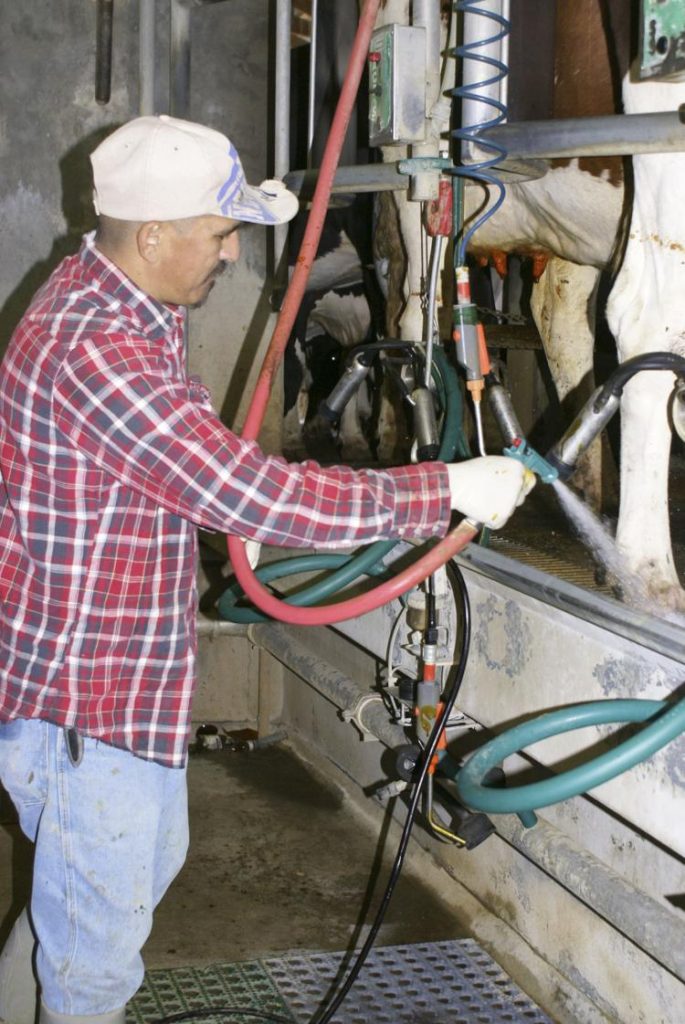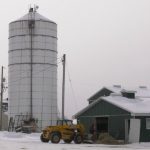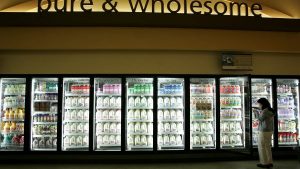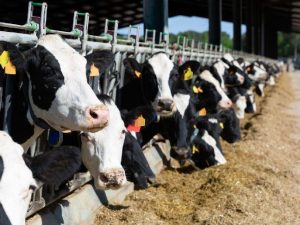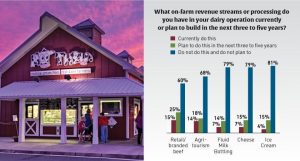
“All of these changes are happening when farms struggle to find employees,” said Rich Stup, an agricultural workforce specialist with Cornell University Cooperative Extension.
“Some places can still draw from a local labor pool, but it’s hard when communities are increasingly disconnected from farms and don’t view farms as viable employers,” he said during a recent “DairyLivestream” podcast.
Immigration into the U.S. has dropped from its peak in the 1990s and early 2000s due to tighter border control, more aggressive enforcement and demographic factors in Mexico’s developing economy, he said.
“All of these factors are combining to make farmers rethink labor strategies, including adopting an array of technologies to make each worker more productive and, in some cases, to reduce the need for employees all together,” he said.
In his opinion, the future for dairy employment is high tech, high productivity, high skill and higher-paying jobs, he said.
It’s definitely becoming a challenge, said Frank Cardoza, a dairy consultant with DairyWorks and manager of a dairy in California’s Central Valley.
Every year, dairy farmers have to decide what changes they’re going to make to be successful, he said.
“For sure, we’ve looked at different options and tried different options as far as hiring more people and reducing hours,” he said.
The dairy he manages is constantly working on how to bring in technology and create better jobs to encourage young people to come in and still have people who want to work the physical jobs required on dairies, he said.
Research has found labor costs and labor efficiency are the single most highly correlated factor with dairy farm profitability, said Chris Wolf, a professor of agricultural economics at Cornell University.
Human resource management is also a primary risk for dairy farms; the cows have to be milked at least twice a day, he said.
So having healthy, available and affordable workers is increasingly important in having a plan to deal with that, he said.
One of the topics in the news right now is the potential for a national minimum wage increase. If that wage is uniform across the country, it’s going to have a much bigger effect in some areas than others, and rural areas are where it might have a bigger effect, he said.
From an economist’s perspective, that brings worry over things like wage compression. Bringing up the wage for lower-paid workers potentially results in small differences in pay across workers in a firm even though there might be large differences in responsibilities, skills and qualifications, he said.
“New employees can wind up making more than existing or longer-term employees, and that can lead to loss of motivation and friction in the workplace,” he said.
With any regulation, it’s important to allow flexibility so farmers can innovate, he said.
“What we’re looking for here, hopefully, is a set of standards rather than mandating methods … which might advantage some farms more than others,” he said.
